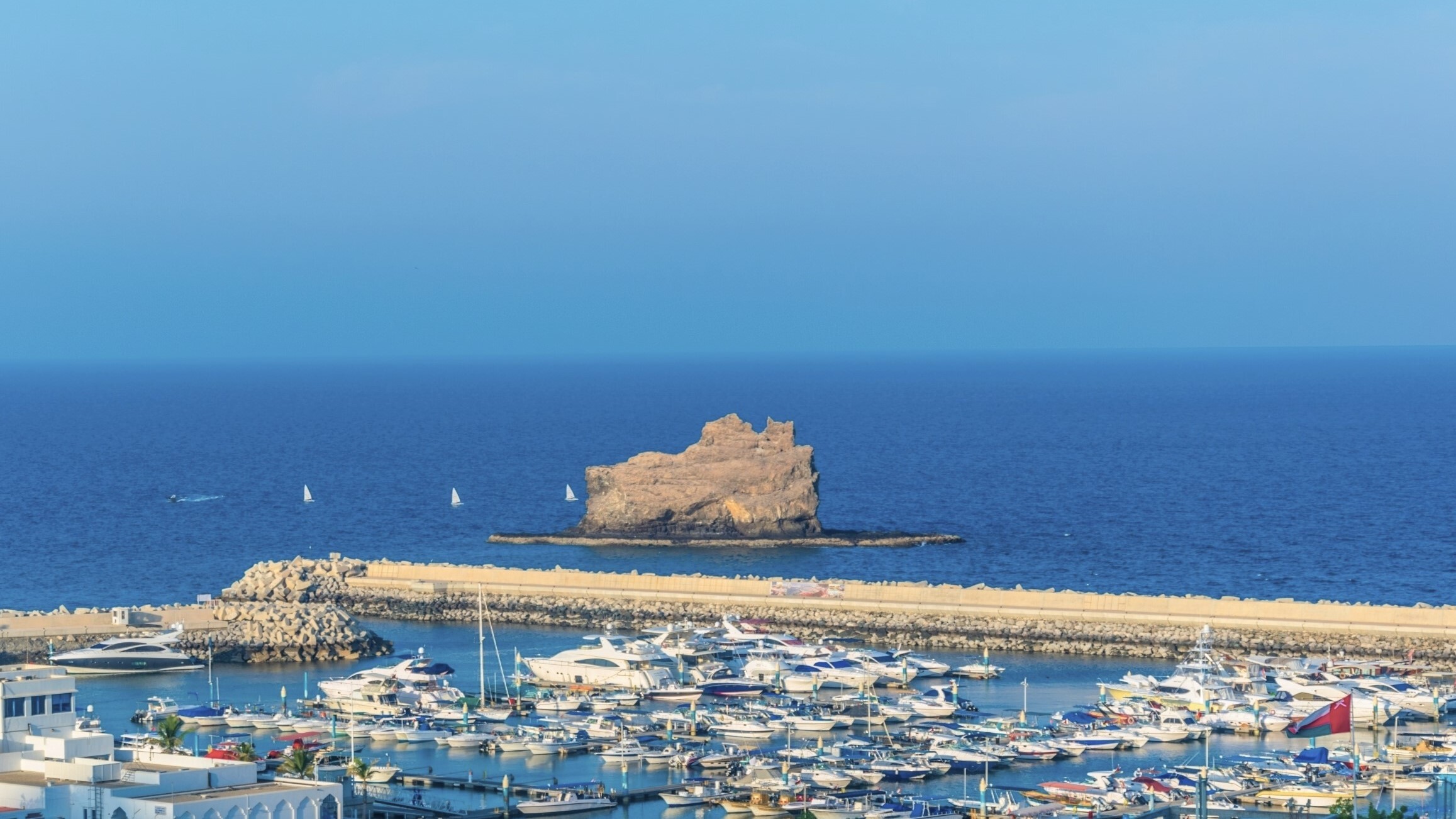Moscow appears ready for its closeup, and Russian architectural firm Project Meganom was chosen to perform the long overdue makeover of the city’s riverfront.

In addition to The Kremlin in Red Square, Project Meganom's modern architecture will create a more dynamic skyline along Moscow's riverfront.
The capital city played a figurative Russian roulette with the riverfront revitalization, promising a shot to design Moscow’s new riverfront for the winner of an international competition—an ironic democratic solution for the former communist state. Project Meganom's winning entry was announced December 11th at the fourth Annual Moscow Urban Forum, an organization that develops the Russian capital and implements projects in cooperation with the Moscow City Government.

Modernizing the riverfront includes the development of new cultural and entertainment spaces such as Parliament Gardens Port.
Project Meganom’s masterplan totally reinvents Moscow’s riverfront—creating linear green spaces along the river, developing new cultural and education spaces, and significantly updating surrounding public transportation. According to Arch Daily, the goal of the competition was to return the Moscow River from a “barrier” to a “link," and to “restore its historical status as the city’s heart and most important transportation route."
The Moscow River, in the shadow of The Kremlin, is nearly as symbolic as the Berlin Wall. Once a Cold War means to lock-out the external world and shelter Soviets from outside influence, Moscow’s riverfront project will finally bulldoze all past political barriers and invest in western-style development in Moscow’s infrastructure.
Project Meganom Architectural Bureau was founded in 1999 by Yuri Grigoryan and his partners Ilya Kuleshov, Alexandra Pavlova, and Pavel Ivanchikov. The firm’s method of operation focuses on careful analysis of urban and natural landscapes, and integration of design projects within them.
Project Meganom has successfully implemented more than 20 projects in the past 14 years, including Mercury Theatre, Luxury Village, Pushkin Museum of Fine Arts (remodeled), and Tsvetnoy Central Market. During this period, the range and scale of the solutions have grown from private houses to urban planning concepts. Now the city that shunned anything outside its borders for 50 years is thinking big outside the box to improve its skyline and rail lines.

Project Meganom's winning riverfront bid is one of more than 20 successful designs since it was founded in 1999.

The master plan intends to restore the Moscow riverfront's status as the city’s heart and most important transportation route.
Photos courtesy of Project Meganom; details courtesy of ArchDaily












